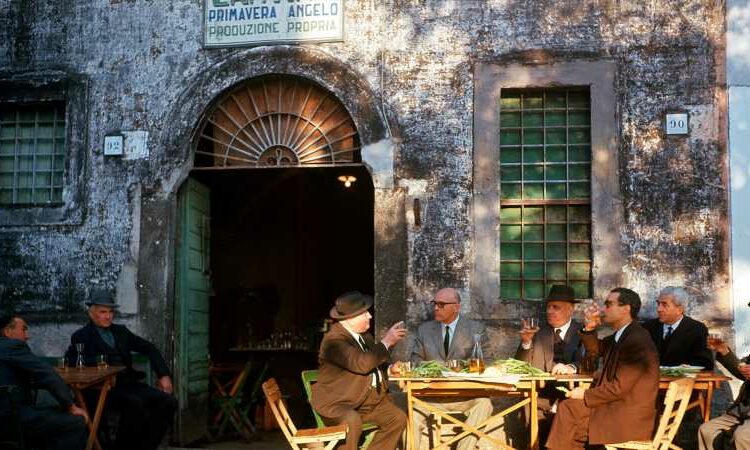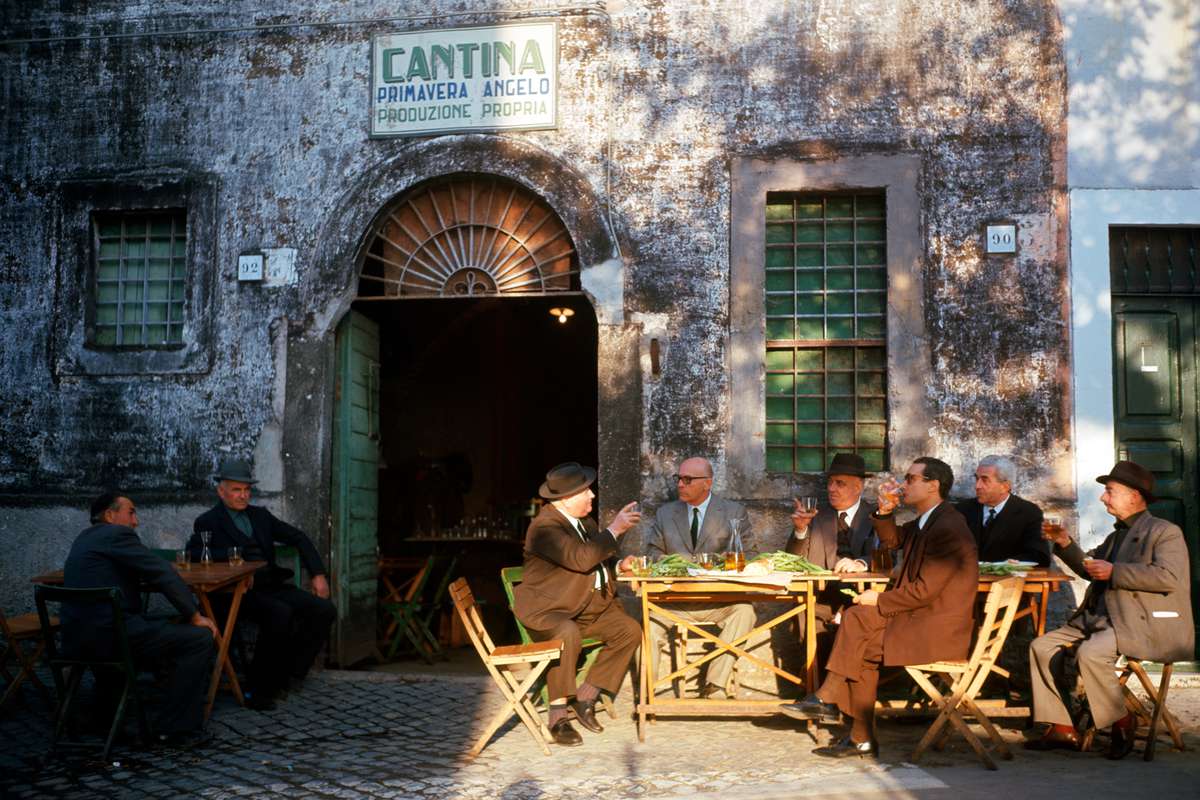Whether it's making pasta, fermenting wine, or just enjoying life, the Italians seem to have it pretty much figured out. Granted, it's taken a couple thousand years to get it right, but today, the culture that puts food first has a way of doing things that is the envy of the world.
Eating and drinking are not just pastimes for Italians, they are ingrained in every part of the day. From the first espresso to the final digestivo, the Italian day is infused with intricate rules around how, when, why, and with whom you share meals and imbibe with on fine wine.
It's a way of life, and arguably, the best way. These are 10 rules that Italians live by and you might want to adopt for yourself.
The art of the aperitivo hasn’t been perfected until now. Easy to make at home, and is the perfect pre-dinner drink, enjoy a Martini & Rossi Fiero & Tonic with friends during your next hosted happy hour.
1. Keep it fresh.
The farmer's market is an Italian's best friend because they know that fresh ingredients are the best ingredients. Sure, you'll find supermarkets in Italy, but if you want the ripest tomatoes, the sharpest cheeses, and the silkiest olive oil, you go straight to the source, and that's the daily and weekly outdoor markets all over the country.
2. Seasons for a reason.
While some fruits and vegetables are always in season (carrots and lemons!), most crops are seasonal. There are great times for certain foods, and not-so-great times for others. You want the best tomatoes? May through October is your window for the juiciest and most flavorful. The olive harvest? That's late Autumn. Italians know this, and they grow their crops and buy their produce accordingly.
3. Coffee rules.
Italians don't really dawdle over breakfast. Breakfast usually consists of popping into a bar (coffee shop), sidling up to the counter, ordering an espresso, and downing a croissant. But be mindful of how you order in Italian. A caffè does mean a coffee, but in Italy that's a shot of espresso. If you want your Starbucks-equivalent latte, be careful, because if you order a latte at a coffee bar, you're going to get a steaming cup of hot milk. Order a caffè latte and you'll get the frothy, caffeinated beverage you were looking for.
4. Olive oil > all other oil.
If you're cooking in Italy, it's rare that you'll find other cooking oils like canola, walnut, vegetable, etc. Cooking with olive oil is de rigueur (or di rigore) and can also take the place of butter. Try making cookies with olive oil next time instead of butter, they're magical.
5. Courses matter and pasta isn’t a main course.
First, there's lunch. A typical Italian lunch consists of a primo, usually a pasta dish; a secondo, which is usually a protein; and a contorno, which is a vegetable or salad dish. For dinner, there's an antipasto, where you'll find cured meats, olives, artichokes, and more followed by a pasta (primo), a protein (secondo), a side dish (contorno), and a dessert (dolce). Hungry yet?
6. Drinks are paired with food.
Italy's drinking culture is just as structured as its eating culture, and the two are entirely intertwined. Italians look at drinking by how it can enhance the food that it comes with. You won't usually find Italians pre-drinking their wine before a pasta dish is brought to the table as the wine is meant to complement the dish. In more romantic Italian terms, you could say they were meant for each other.
7. More drinking and eating.
The Italian day is wholly surrounded by food and drink. After lunch there's the merenda, a snack time where you'll find lines of ice cream lovers hovering around the gelateria at 4 p.m. There's aperitivo, a pre-dinner ritual filled with classy drinks like Aperol spritzes and Negronis meant to stimulate an appetite along with salty snacks. And of course, there are the digestivi, after-dinner drinks like amaro or grappa that help digest the meal and put you in the mood to drift off to sleep.
8. Bread etiquette.
There's a term called fare la scarpetta, which translates to "make the little shoe." But what it really means is that the bread on the table is there to scoop and sop up the sauce, not to accompany the meal itself.
9. Table wine is more than fine.
You may associate house wine with something from a box, but don't, because but you'd be missing out on some real gems. Vino della casa is usually a local varietal and because you're in Italy, it's usually great – and cheap!
10. Food is for family.
One of the best traditions that many Italian families hold dear is the weekly family meal. Typically, on a Sunday, large family groups come together to bring all the Italian food and drink traditions under one roof, cooking a massive, shared feast while spending quality time with each other. Eat well. Drink well. Enjoy life. These are rules worth living by.
Source: Read Full Article

